By clicking 'Accept All Cookies', you agree to the storing of cookies on your device to enhance site navigation, analyze site usage, and assist in our marketing efforts. Privacy Policy
Comparing Innerscene's Virtual Sun with an LED panel virtual skylight
LED panel
Appearance of flat 2D image
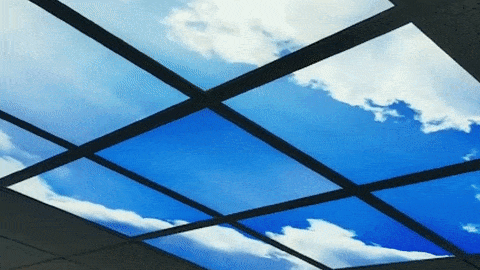
Virtual Sun
Appearance of infinite depth
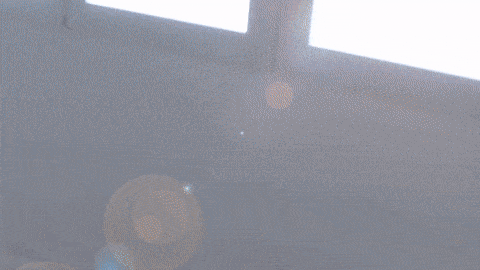
LED panel
Unnatural room illumination

Virtual Sun
Appearance of natural illumination
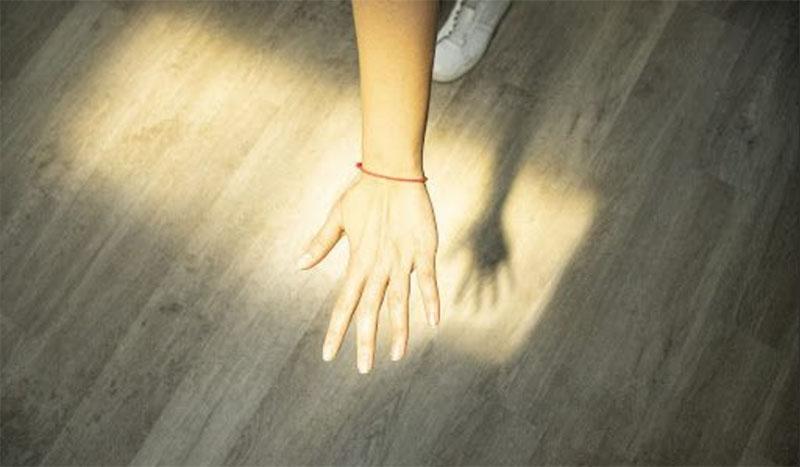
Comparison table
Slide left on table | ||
Traditional LED panel | Innerscene's Virtual Sun | |
|---|---|---|
Motion parallax visual cue? | No, sun & sky appears as flat back-lit image | Yes |
Stereopsis cue? | No, left and right eyes perceive a flat image on the ceiling | Yes |
Accommodation cue? | No, our eye muscles involved in focus contract and use near-vision | Yes, our eye muscles involved in focus relax and use far-vision |
Cast sunbeams into the room? | No, emits only 180° diffuse light | Yes, emits 2.5° sunbeam and 180 degree sky light |
3d dimensional appearance? | No | Yes |
Adjustable CCT? | No | Yes |
CRI >90? | No, unable to see true colors of objects leading to unnatural appearance of room | Yes |
Ability to dim/brighten? | Sometimes | Yes |
About traditional LED panels
A number of companies offer artificial skylight that use a simple technology based on LED backlighting and a silk-screen transparent image as shown above.
This type of product goes by various different names, including:
- LED Sky Panel / LED Light Windows / LED Glass Windows
- LED Sky Ceiling
- Fake Window / Artificial Window / Virtual Window
- Fake Skylight / Artificial Skylight / Virtual Skylight
- Electric Skylight
- LED Glass Window / LED Panel Window
- Sky Roof Light / Box Skylight
These products are sold numerous companies including:
- Sky Factory (https://skyfactory.com)
- Artificial Sky (https://artificialsky.com)
Traditional sky LED panels combine a backlit light source with a silk-screen printed image to produce that same effect seen when looking at a lighted advertisement at a bus stop of a movie poster.
While such products can look visually correct in a photograph limited to a single camera viewpoint, they do not provide a believable sky view in real life for reasons discussed below. Because the image being back-lit is 2 dimensional in nature, in real life our two eyes quickly perceive it for what it is - a flat backlit image on your ceiling. In more advanced versions of LED panel products, a LCD screen is used to allow for dynamic images - however this suffers the same problems of looking flat and having poor light quality.
A few of the reasons these panels do not fool our brains into thinking we are looking outdoors into the real sky are listed below.
Depth perception cues & the appearance of a real window
Motion parallax cue
When we move our head left to right and forward and backward, objects that are located at infinity appear to move with us. Objects that are close to us will move in the opposite direction of our head. With the smallest of head movements, a casual observer would perceive an LED panel as a flat image located on the ceiling. In contrast, Virtual Sun provides perfect motion parallax cues - when you look at the sun and move your head, the sun will perfectly track your head movements as if it was a million miles away.
In the animation belowon the right, note that objects closer to the camera appear to move faster than objects in the background. Because the sun is millions of miles away, it stays fixed in the sky and appears to travel with us.

Stereopsis cue

Our brains process images received from the left and right eye to estimate depth. Objects that are far away from us will be seen as the same image by both the left and right eye, objects that are close to us will have differences that allows the brain to calculate the distance between us and the object. You can try this by closing one eye at a time and seeing how near and far objects appear. When LED panel manufacturers advertise their products online, they are only presenting a single motion-less camera view of the product, so the lack of 3D isn’t as apparent. When LED panel manufacturers show the panels in videos, they typically use only tilt & zoom where the problem of Motion Parallax Cue can be hidden from you. In contrast, Virtual Sun presents the same image of the sun and sky to your left & right eye making it appear as if the sun & sky are millions of miles away.
Our left and right eyes see fairly different images as shown below. Our brain processes the differences between these images to determine how far objects are from us. When there are great differences for a point, it is perceived to be close to us. As an object approaches infinity, the left and right eyes will see exactly the same thing and our brain signals to us that the object is very far away. Virtual Sun shows an image of the sun that is the same to our left and right eyes using a unique new technology patented by Innerscene.
Accommodation cue
Your brain controls muscles in your eye to change the focus when looking at close objects (<2m) and far objects. When looking at a Traditional LED panel from a distance of less than 2m (which is typical), our brain will adjust our eye focus to accommodate a nearby object which instantly tells us the object is not far away from us. In contrast, Virtual Sun is actually presenting the sun and sky at optical infinity so our brain will focus our eyes far away when looking “through” the fixture. Your mobile phone camera does the same thing. When taking a picture of the Virtual Sun, your camera will change it’s focus to accommodate distant objects no matter how close you are to a Virtual Sun unit.
For more depth cues that are used by your brain to determine how far away an object is from you, see:
http://www.hitl.washington.edu/projects/knowledge_base/virtual-worlds/EVE/III.A.1.c.DepthCues.html
How the eye focuses light
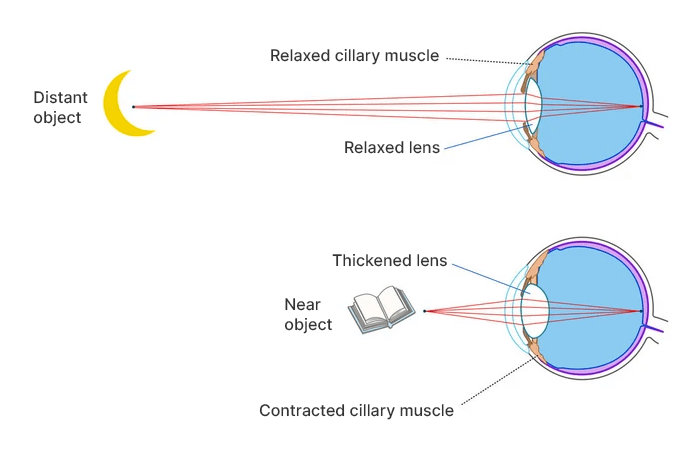
CRI (Color Rendering Index)
CRI < 80: Poor
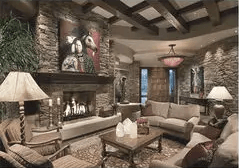
CRI 80-84: Good

CRI 85-90: Very Good

CRI 91-100: Excellent
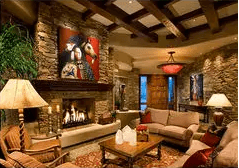
Overcoming the limitations of traditional LED panels
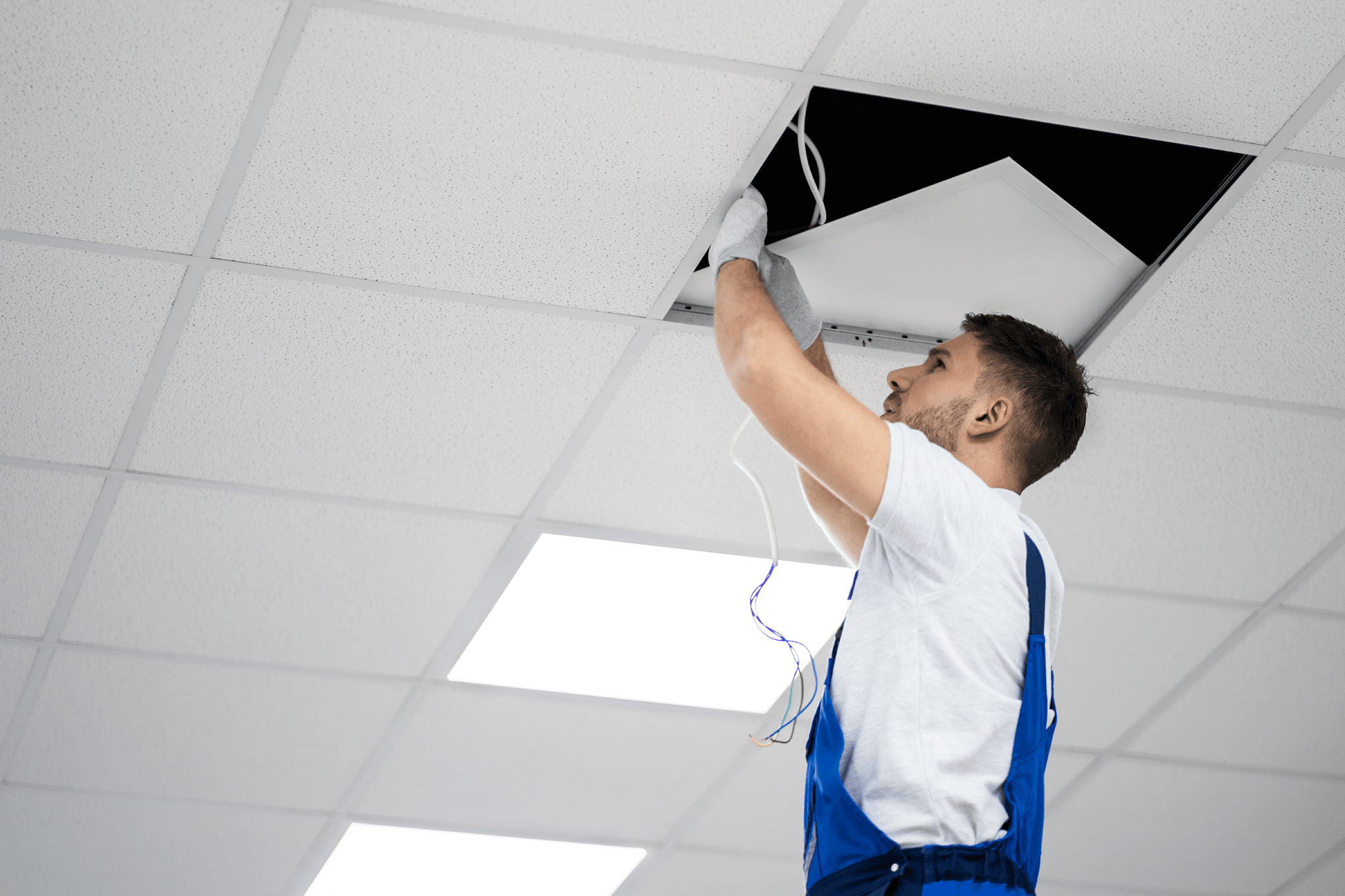
Our brains process images received from the left and right eye to estimate depth. Objects that are far away from us will be seen as the same image by both the left and right eye, objects that are close to us will have differences that allows the brain to calculate the distance between us and the object. You can try this by closing one eye at a time and seeing how near and far objects appear. When LED panel manufacturers advertise their products online, they are only presenting a single motion-less camera view of the product, so the lack of 3D isn’t as apparent. When LED panel manufacturers show the panels in videos, they typically use only tilt & zoom where the problem of Motion Parallax Cue can be hidden from you. In contrast, Virtual Sun presents the same image of the sun and sky to your left & right eye making it appear as if the sun & sky are millions of miles away.
Our left and right eyes see fairly different images as shown below. Our brain processes the differences between these images to determine how far objects are from us. When there are great differences for a point, it is perceived to be close to us. As an object approaches infinity, the left and right eyes will see exactly the same thing and our brain signals to us that the object is very far away. Virtual Sun shows an image of the sun that is the same to our left and right eyes using a unique new technology patented by Innerscene.
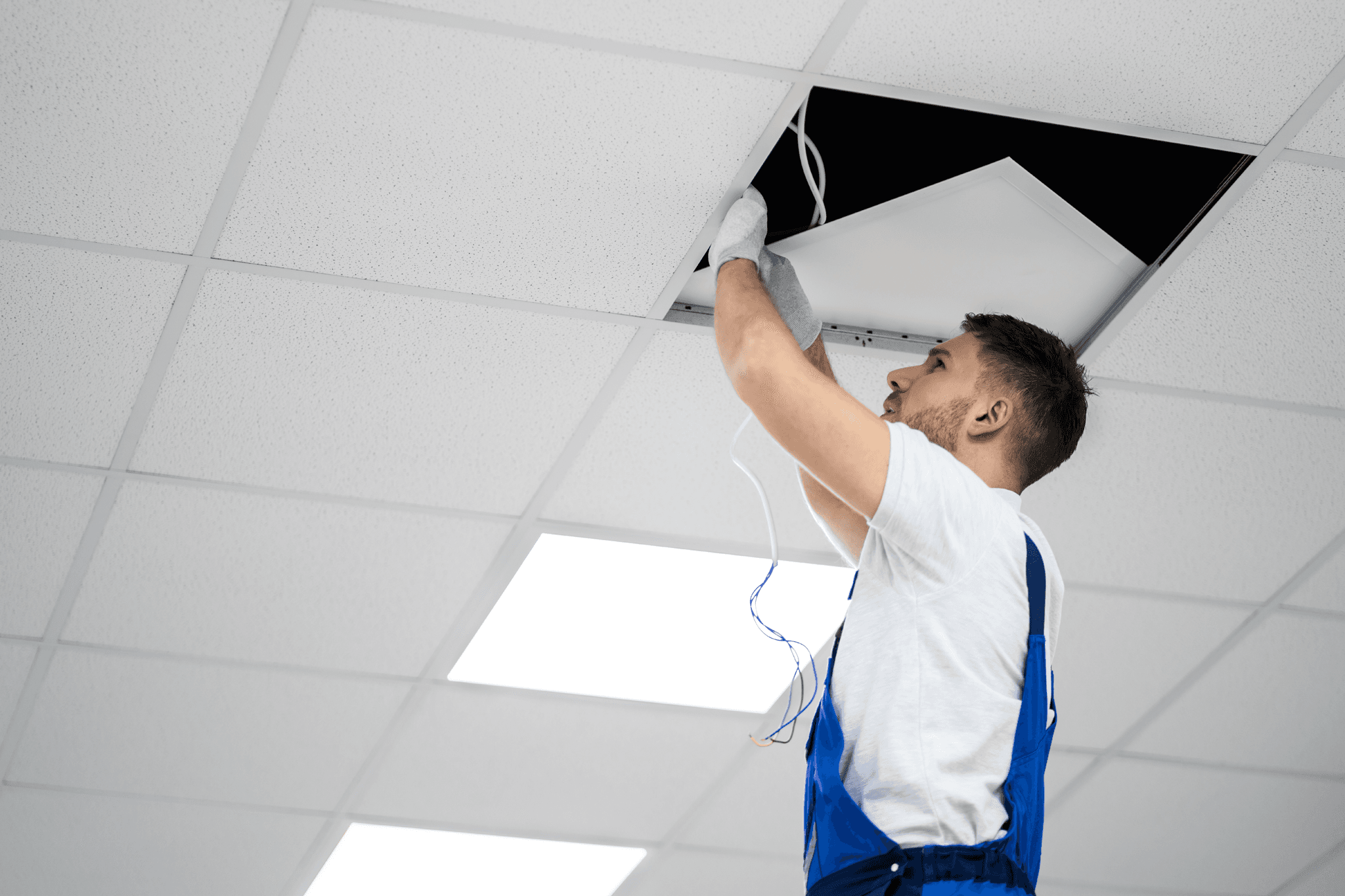
Dynamic CCT
Traditional LED panels can typically only emit one CCT, 6500K being the most common. However, there are many reasons why a color tunable product is preferred:
Light from the real sky changes constantly throughout the day. Virtual Sun’s Circadian Rhythm mode does exactly this. Rooms with static CCTs can feel monotonous and claustrophobic because there is no change all day long.
Research studies show that Circadian Rhythm Lighting can lead to:
- Faster cognitive processing
- Increased alertness in the morning
- Improved mood, productivity, and concentration
- Improved sleep
- Reduced hyperactivity
- Reduction in errors and accidents
For more information on this topic, see this article.
The image below shows the appearance of Virtual Sun at a few different times of day and night. The changes occur slowly over the course of a 24 hour period.
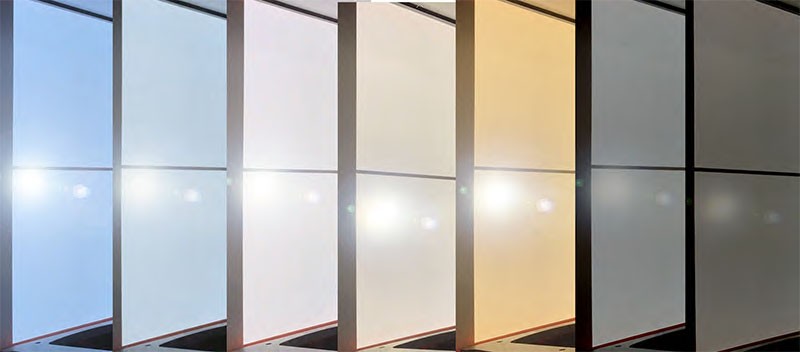
Light distribution
LED and LCD panels only produce diffuse light which sends light in all directions, but do not have any directional “collimated” light. A room light by natural light will typically have both components at various times of the day. Virtual Sun can be thought of as 2 light fixtures in 1; there is a diffuse sky component that emits light in a 180 degree beam similar to traditional LED panels, but what makes it special is the sunbeam which emits a 2.5 degree angle beam that will light up your floor or wall to further create the illusion of real sunlight coming into a room.
Illuminating wellness
Discover the Impact: Celebrating Exceptional Lighting Transformations
Office

Apple Campus - Cupertino
Boosting well-being and productivity at Apple Campus with Innerscene's lighting.
Commercial
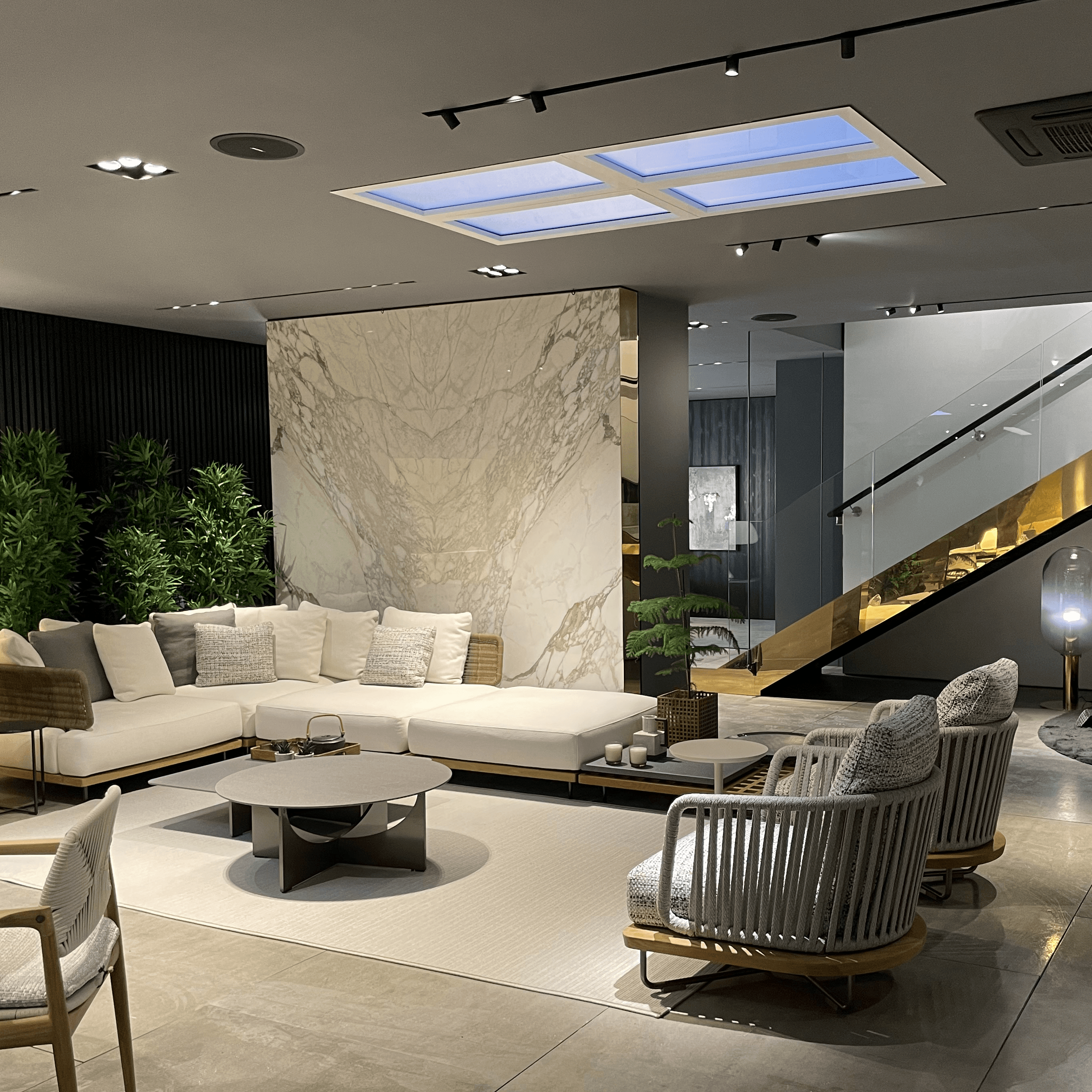
Minotti Showroom - London
Minotti London’s display, lit by Innerscene’s Virtual Sun, melds Italian luxury with the brilliance of daylighting.
Healthcare
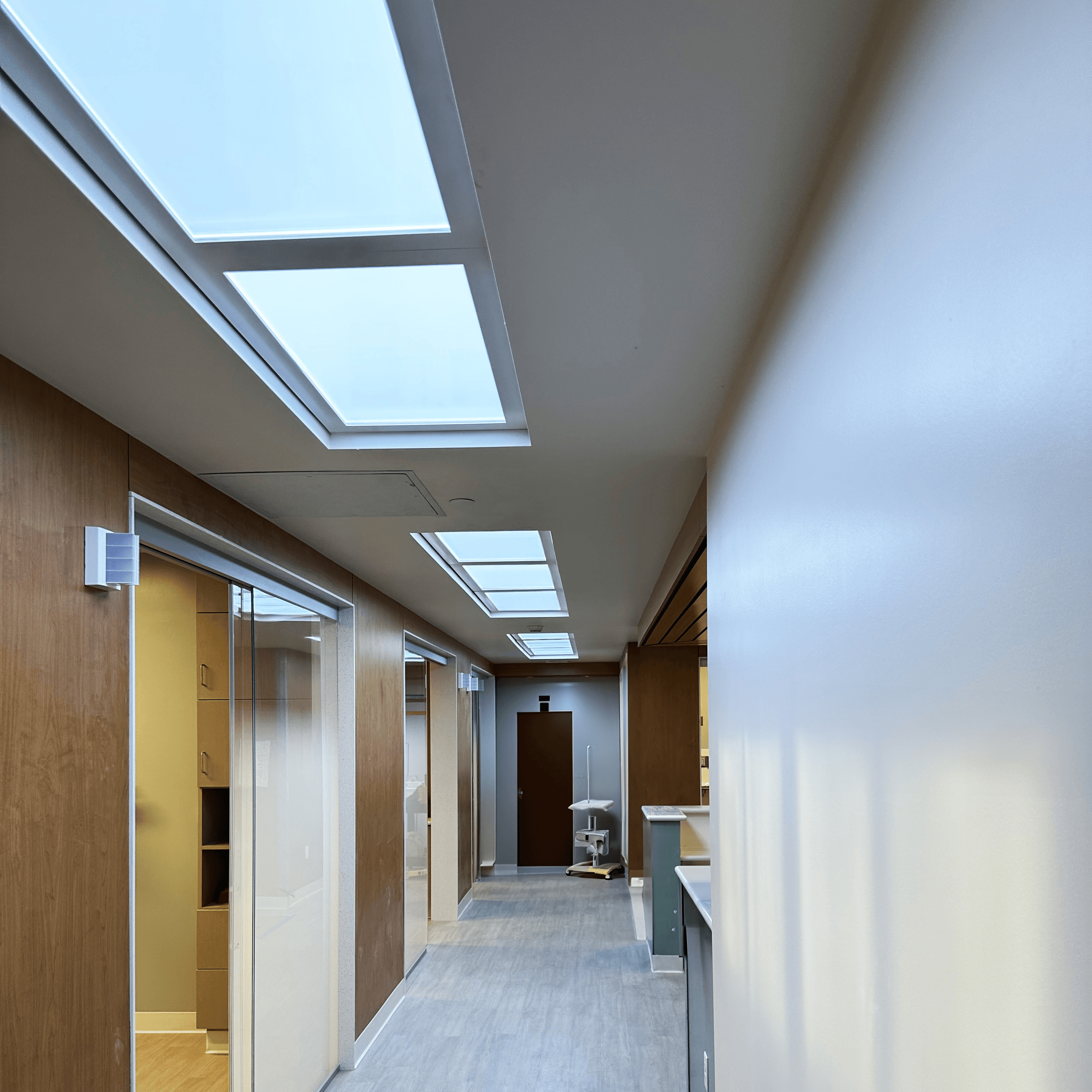
Cancer Center - Monterey
Monterey Comprehensive Cancer Center’s hallways glow with the soft, nurturing light of Virtual Sun units.